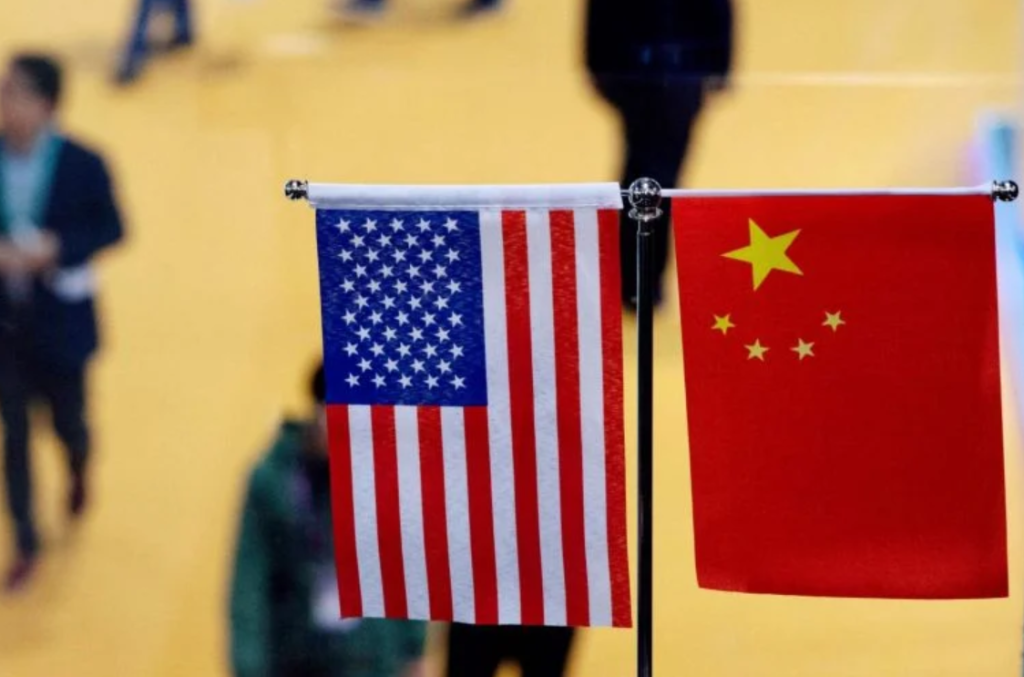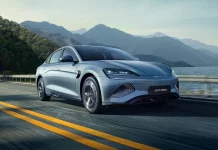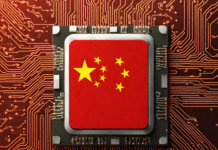As electric vehicles try to break through problems associated with technology and international trade, the U.S. government’s recent decision to temporarily allow the use of Chinese-sourced critical minerals in batteries for electric vehicles eligible for federal tax credits has sparked a mix of reactions. It’s a bittersweet one too, since it seems like the best outcome in the situation right now.
The country is now allowing EVs with Chinese minerals to be eligible for tax credits
This move, part of the broader Inflation Reduction Act (IRA) aimed at addressing climate change through a $360 billion investment in renewable energy, highlights the complexity of the global EV supply chain. While the IRA initially sought to limit reliance on Chinese components, the reality is that the EV industry remains deeply intertwined with China for essential minerals and parts.

The updated guidelines enable 200,000 EV buyers per manufacturer to benefit from a $7,500 tax credit. Starting in 2024, these rules will apply to completed batteries and extend to the minerals used in their production by 2025. However, companies associated with North Korea, Iran, Russia, and China – labeled as “foreign entities of concern” – are subject to scrutiny under these regulations.
General Motors has welcomed this decision, seeing it as a way to maintain consumer incentives for their EVs, citing their investment in U.S. operations and efforts to create resilient supply chains. However, the implications for the broader industry remain uncertain, with only a fraction of the current EV models qualifying for the tax credit under the new rules.
This decision has also sparked political debate. Many U.S. lawmakers, particularly Republicans, have criticized the temporary exemption for Chinese minerals, viewing it as prioritizing EV interests over national concerns. This controversy underscores the broader geostrategic competition for control over critical mineral supply chains, a contest increasingly defined by the urgency of transitioning to renewable energy sources.
RELATED:
- Meta exposes massive China-based networks on Social Media
- Xiaomi 14: New flagship with snapdragon 8 gen 3 only for $599
- Official straps for Vivo Watch 3 are now available in China
- Best Messaging Apps for Android in 2023
(Via)







